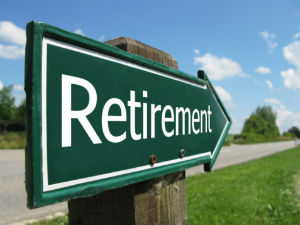In the late 19th century, 75 percent of men over 65 were still working. When Social Security was established in 1935, the retirement age was determined to be 65; not because it was believed 65 was the age when most people would retire, but because most people weren’t expected to live much longer and thus would only need Social Security benefits for a minimal amount of time.
Fast forward several decades and retirement looks a lot different. People aren’t working until their dying day—in 1990, for example, just 12 percent of people aged 65 and up were still in the workforce—and most older Americans are living well beyond the 65-year life expectancy.
With Americans living and working longer, 2016 is shaping up to bring even more changes to the retirement landscape.
1. Social Security Changes
What was once a valuable resource in retirement, Social Security benefits have been on the decline. For someone at full retirement age—67 if you were born after 1959—who enrolls in Social Security this year, his or her benefits will be $24 less per month than they were in 2015.
In the past, couples 66 or older could have claimed Social Security twice, collecting spousal payments and then switching to payments from their individual work. This won’t be an option for you if you turn 62 this year or later; you’ll have to select one or the other.
2. Healthcare Costs Will Increase
Experts are forecasting higher health insurance premiums this year, increases ranging from the high single digits to the teens.
3. Cost-of-Living Increases Eliminated
Not only will the benefits per month decrease, but there also will be no cost-of-living increase. To cover any cost-of-living increases you experience, you might consider adding more to your retirement savings account, exploring part-time job options or cutting back on spending.
4. Retirement Savings Account Makes its Debut
The myRA savings account is designed for those without a 401(k) or employer-sponsored savings accounts. The savings account has no fees and will never lose its value. It’s designed for individuals with taxable income below $131,000 per year and couples with taxable income below $193,000 per year; you can contribute up to $6,500 per year.
Whether you’re thinking about your future retirement or already retired, staying abreast of these changes can help you make the most of your hard earned money, and be more prepared for your future.














